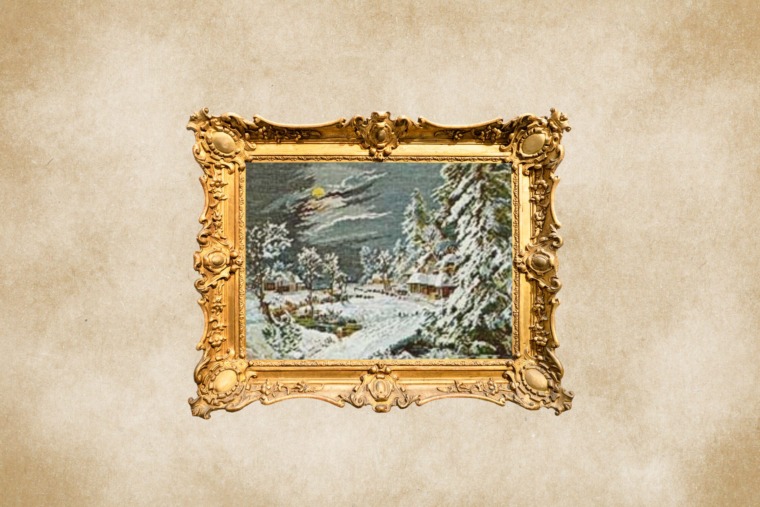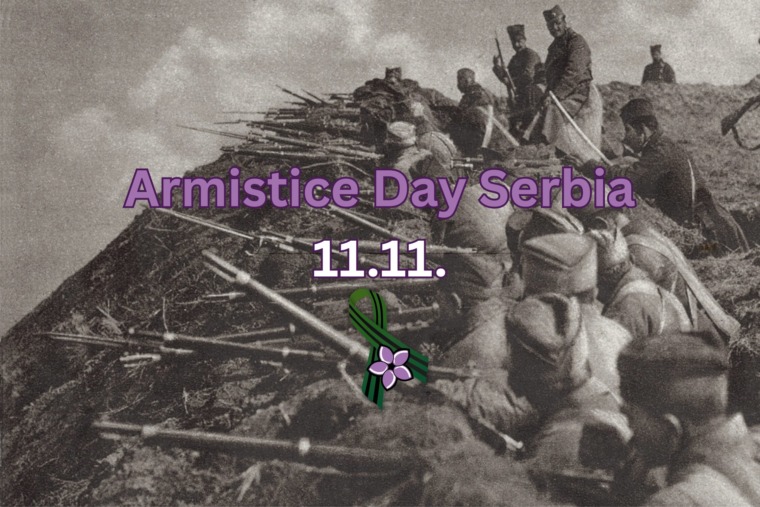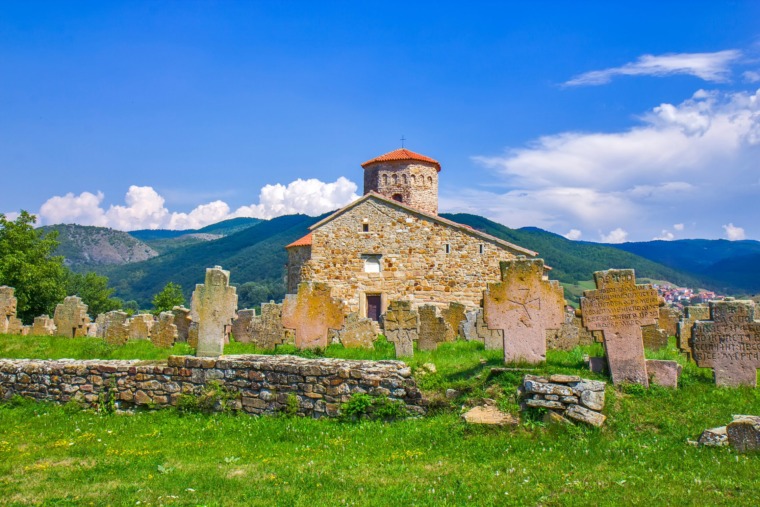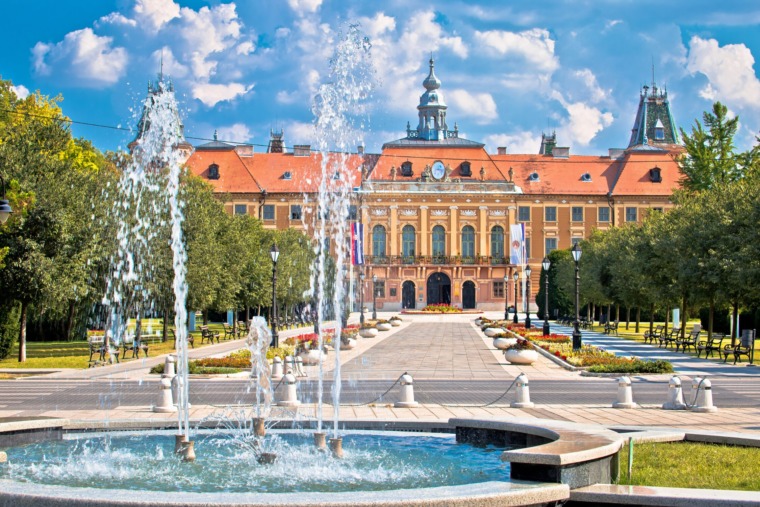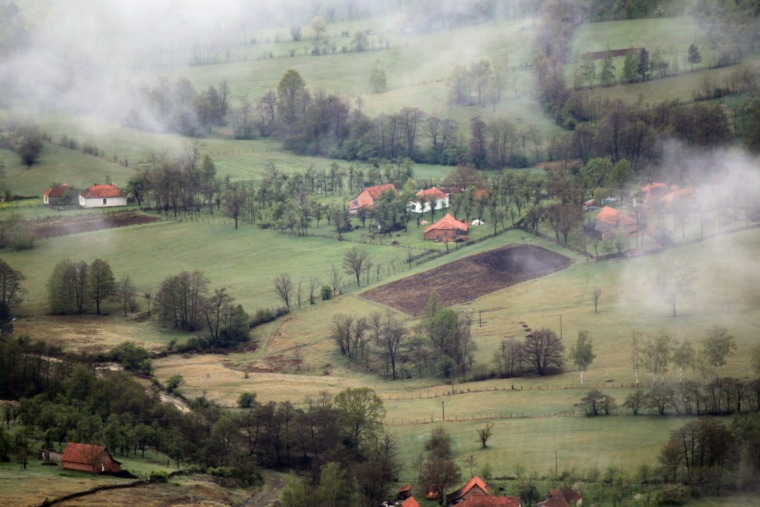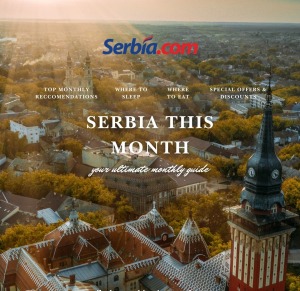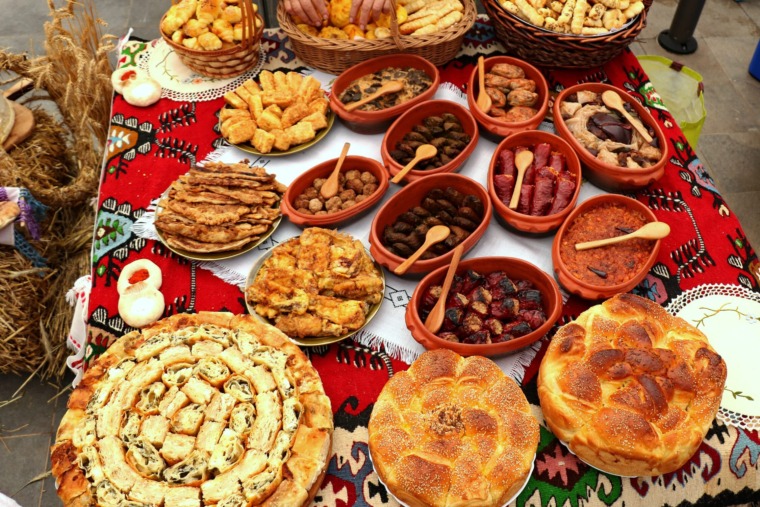
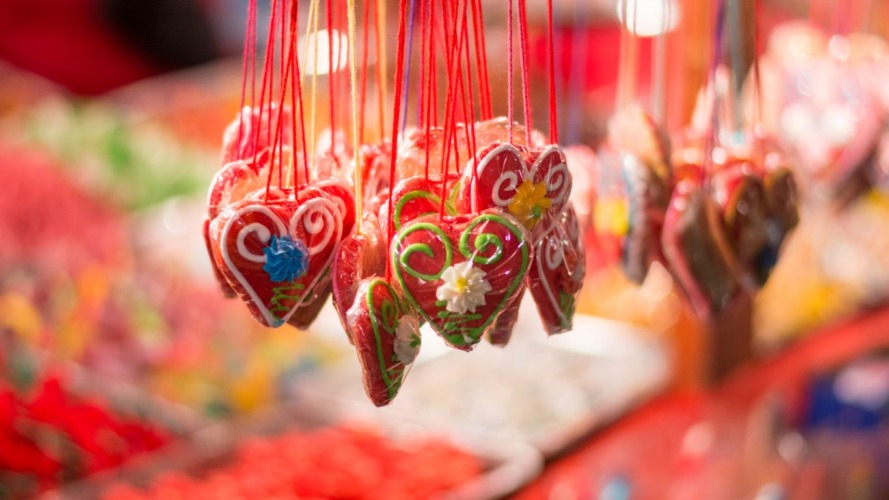
When people mention Šabac, one of the first associations is the Malogospojinski Fair – one of the most famous and oldest fairs in Serbia. It takes place every year on September 21st, on the Orthodox holiday Nativity of the Virgin Mary (Mala Gospojina), and lasts for four to seven days. With a history spanning over a century, the fair has become a true symbol of gathering, trade, and joy.
From Marketplace to Festival
As early as the 19th century, Šabac was known as a vibrant trading and cultural hub of the Mačva and Podrinje regions. Originally, the fair served as a place where cattle breeders, merchants, and artisans met to sell livestock, tools, clothes, jewelry, and handicrafts. Over time, alongside commerce, entertainment became an essential part of the event.
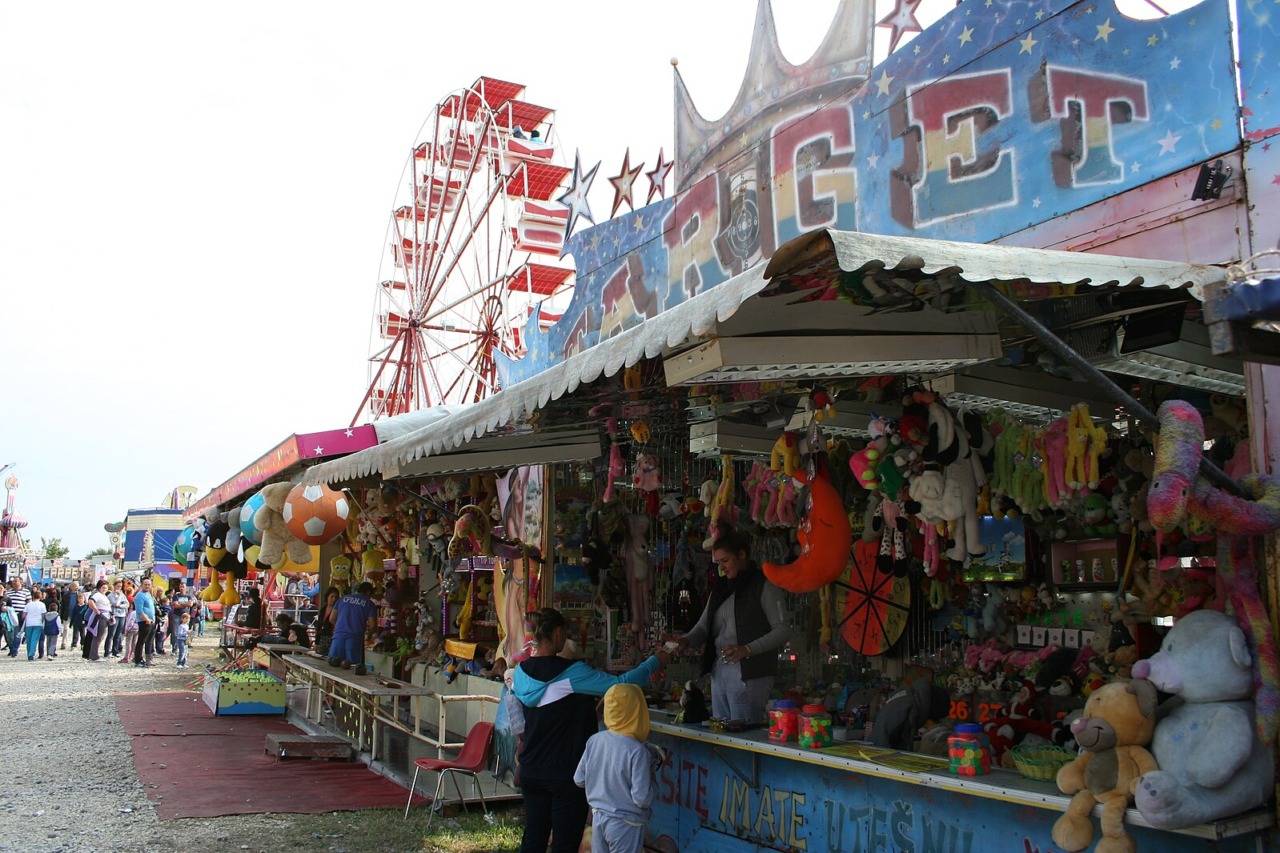
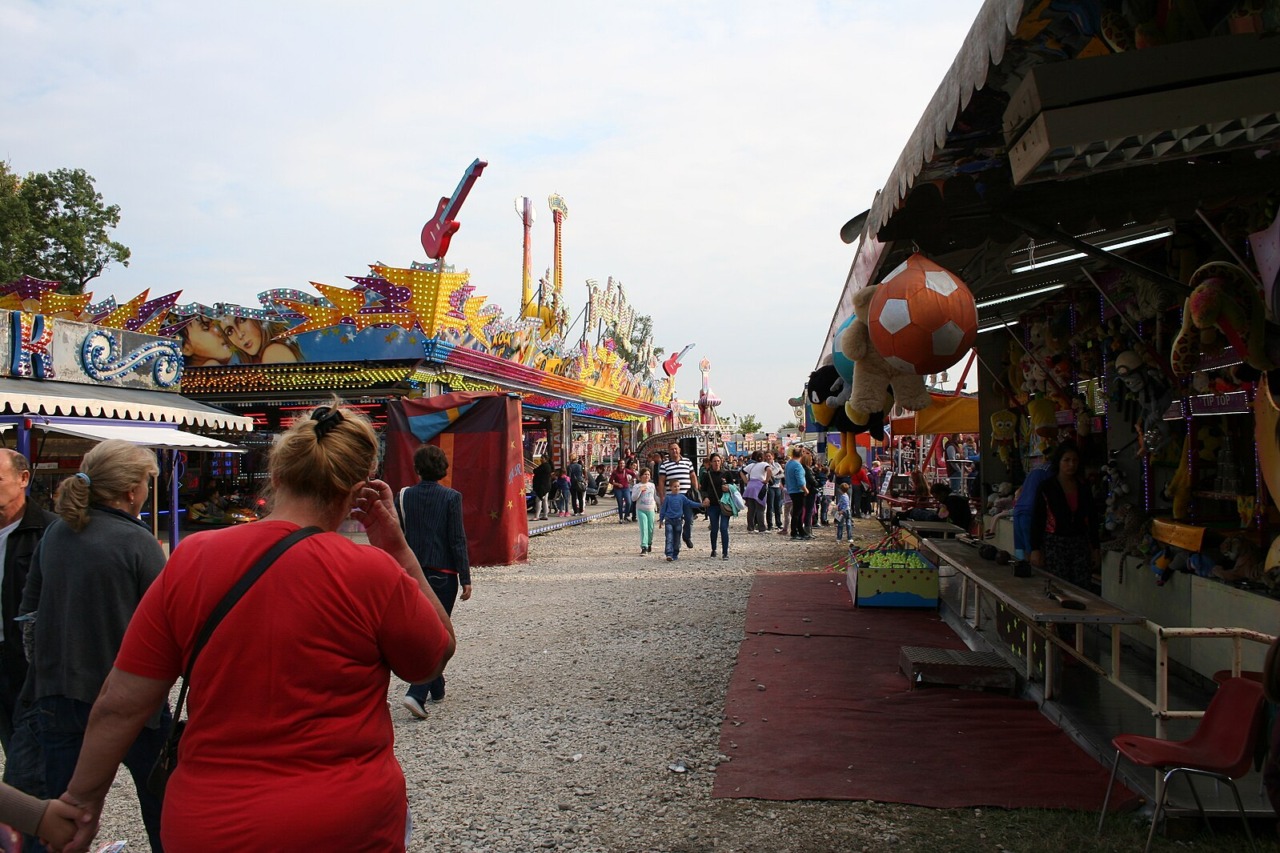
A special charm of the fair comes from traditional craftsmen – coppersmiths, blacksmiths, coopers, and carpenters – who keep the spirit of old trades alive. Their stalls are still among the most attractive, offering visitors a glimpse into Serbia’s artisanal past.
The Biggest Marketplace of Northwestern Serbia
During the fair, Šabac transforms into a buzzing commercial center. It is often said that in those days the city becomes the largest marketplace in northwestern Serbia, with vendors arriving from all parts of the country and even beyond.
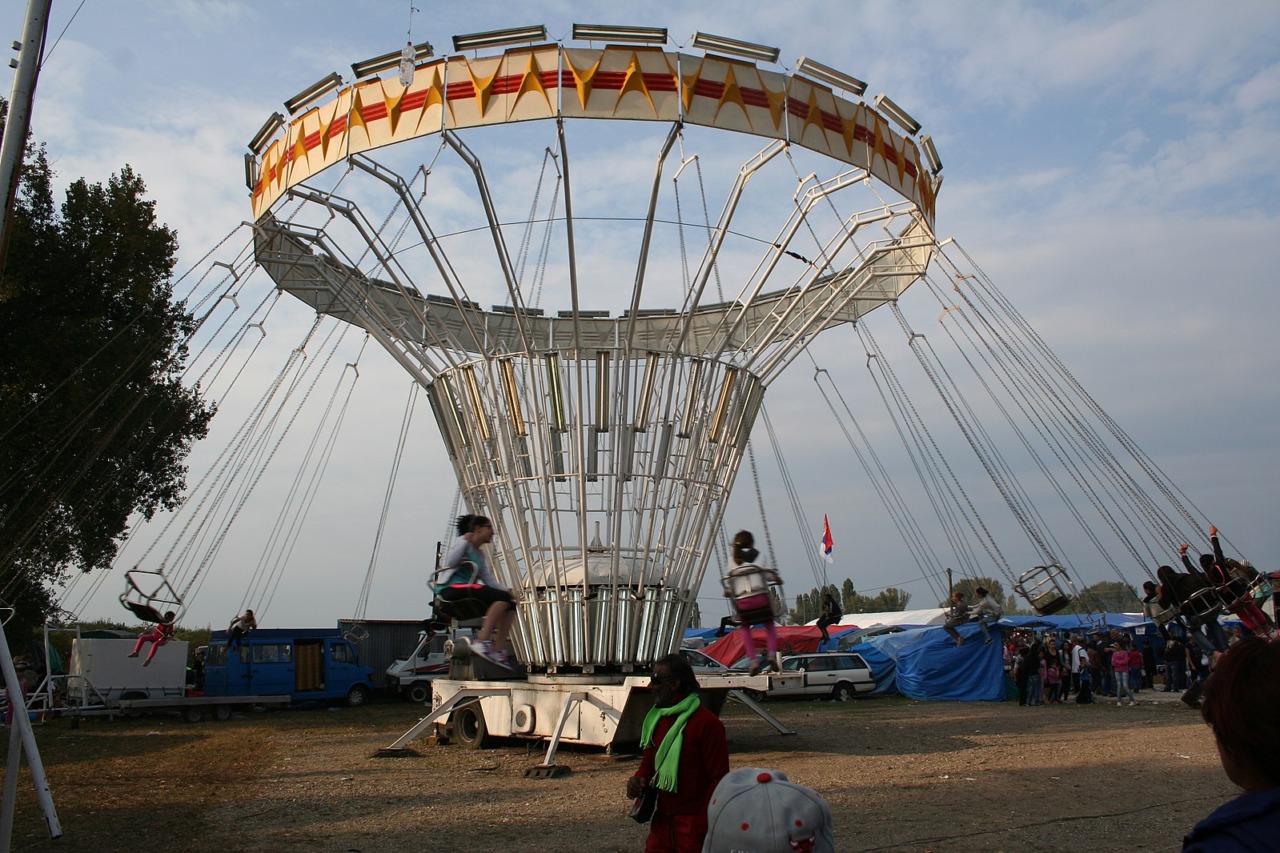
In earlier decades, the fair would attract up to 300,000 visitors, while today it still draws tens of thousands of people each year, keeping its reputation as one of the most visited events of its kind in the Balkans.
“Shall We Go to Šabac for the Fair?”
The fair’s popularity has even been immortalized in a well-known old-town song, “Hoćemo li u Šabac na vašar” (“Shall we go to Šabac for the fair?”). For many, the song became an anthem of the event, echoing the joy and anticipation surrounding the fair.
Cotton Candy, Carousels, and Heart-Shaped Gingerbread
The spirit of the fair wouldn’t be complete without colorful carousels, merry-go-rounds, and other attractions that delight both children and adults. Stalls overflow with cotton candy, caramelized nuts, Turkish delight, and the iconic licider hearts, traditional gingerbread cookies decorated with bright colors and messages of affection.
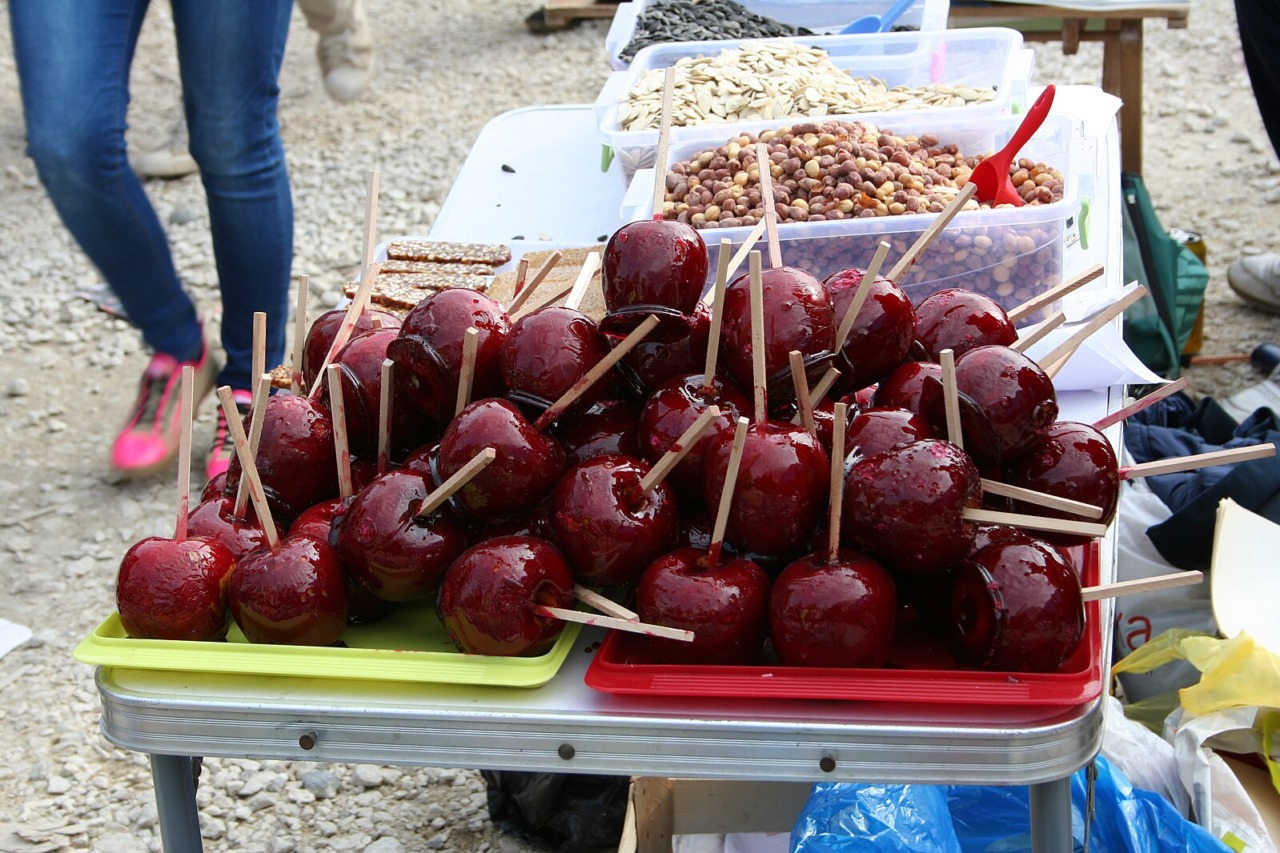

Ванилица
Čivijada – Humor Before the Fair
The fair is preceded by another iconic Šabac event – Čivijada, a festival dedicated to humor and satire. The streets fill with laughter, witty parades, and playful takes on everyday life. Unique in character, Čivijada reflects the lively, cheerful spirit that has always defined the people of Šabac.
Why Visit the Šabac Fair?
Attending the fair is not just a custom – it’s an experience. Beyond shopping and amusement, it offers a unique atmosphere where tradition and modernity meet, where friendships are renewed, deals are made, and lifelong memories are created. For more than a century, the Šabac Fair has been a proud symbol of celebration and community.
Related Articles


Belgrade Among Lonely Planet’s Top Experiences for 2026
November 14, 2025
13 Unreal Photos of Belgrade: A City That Looks Like a Dream
November 13, 2025